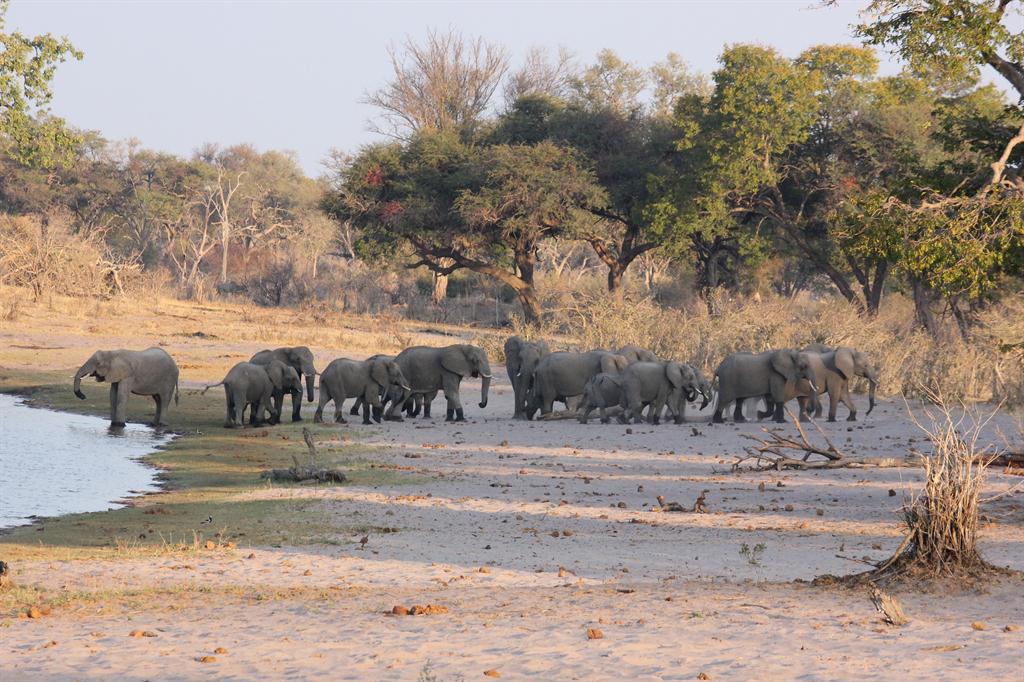Namibia submits CITES proposals
Namibia was among 90 countries that submitted proposals to amend the lists of species subject to CITES trade rules.
Namibia has submitted proposals to the Convention on International Trade in Endangered Species of Wild Fauna and Flora (CITES) to amend regulations protecting elephants and rhinos.
Namibia was among 90 countries that submitted proposals to amend the lists of species subject to CITES trade rules.
Countries submitted 57 proposals to CITES seeking to increase or decrease protections for 152 wild animal species affected by international commercial trade.
These include conflicting proposals on elephants, with nine African countries wanting to up-list the African elephants of Botswana, Namibia, South Africa and Zimbabwe from Appendix II to I in the face of an insatiable poaching crisis, while a proposal by Zambia seeks to down-list its elephants to Appendix II to allow international commercial trade in raw ivory.
Botswana, Namibia and Zimbabwe, whose populations of the species are already on Appendix II, want to weaken existing restrictions on their ability, and that of South Africa whose elephant population is also on Appendix II, to export ivory to consumer countries.
Namibia has also proposed to down-list its population of white rhinos to Appendix II, to allow international commercial trade in live animals and hunting trophies.
The proposals will be up for consideration at the next World Wildlife Conference - the 18th meeting of the Conference of Parties to the CITES which will be held from 23 May to 3 June 2019 in Colombo, Sri Lanka.
For the first time, a proposal has been submitted to include the giraffe, the world's tallest land mammal, under CITES.
There is also a proposal to list the mammoth, an extinct species, in CITES Appendix II to regulate trade in mammoth tusks dug up in places such as Siberia. Illegal elephant ivory is sometimes sold as mammoth ivory, which is legal at the moment.
The listing of a species in Appendix I effectively prevents all commercial international trade, while those listed in Appendix II can be traded under special permit conditions.
“The stakes are high under CITES and robust debates are to be expected. Decisions taken in Colombo will have a real and immediate effect on the legislation, regulation, and operating practices across the globe for international trade in the species concerned.
“Decisions taken at CoP18 will also alter their conservation and international trade management, and have direct impacts on biodiversity, livelihoods of rural communities and national economies”, said CITES secretary-general Ivonne Higuero.
In addition, a record of 140 documents proposing new measures and policies on international trade in wild fauna and flora were submitted for consideration by the Conference.
ELLANIE SMIT
Namibia was among 90 countries that submitted proposals to amend the lists of species subject to CITES trade rules.
Countries submitted 57 proposals to CITES seeking to increase or decrease protections for 152 wild animal species affected by international commercial trade.
These include conflicting proposals on elephants, with nine African countries wanting to up-list the African elephants of Botswana, Namibia, South Africa and Zimbabwe from Appendix II to I in the face of an insatiable poaching crisis, while a proposal by Zambia seeks to down-list its elephants to Appendix II to allow international commercial trade in raw ivory.
Botswana, Namibia and Zimbabwe, whose populations of the species are already on Appendix II, want to weaken existing restrictions on their ability, and that of South Africa whose elephant population is also on Appendix II, to export ivory to consumer countries.
Namibia has also proposed to down-list its population of white rhinos to Appendix II, to allow international commercial trade in live animals and hunting trophies.
The proposals will be up for consideration at the next World Wildlife Conference - the 18th meeting of the Conference of Parties to the CITES which will be held from 23 May to 3 June 2019 in Colombo, Sri Lanka.
For the first time, a proposal has been submitted to include the giraffe, the world's tallest land mammal, under CITES.
There is also a proposal to list the mammoth, an extinct species, in CITES Appendix II to regulate trade in mammoth tusks dug up in places such as Siberia. Illegal elephant ivory is sometimes sold as mammoth ivory, which is legal at the moment.
The listing of a species in Appendix I effectively prevents all commercial international trade, while those listed in Appendix II can be traded under special permit conditions.
“The stakes are high under CITES and robust debates are to be expected. Decisions taken in Colombo will have a real and immediate effect on the legislation, regulation, and operating practices across the globe for international trade in the species concerned.
“Decisions taken at CoP18 will also alter their conservation and international trade management, and have direct impacts on biodiversity, livelihoods of rural communities and national economies”, said CITES secretary-general Ivonne Higuero.
In addition, a record of 140 documents proposing new measures and policies on international trade in wild fauna and flora were submitted for consideration by the Conference.
ELLANIE SMIT




Comments
Namibian Sun
No comments have been left on this article